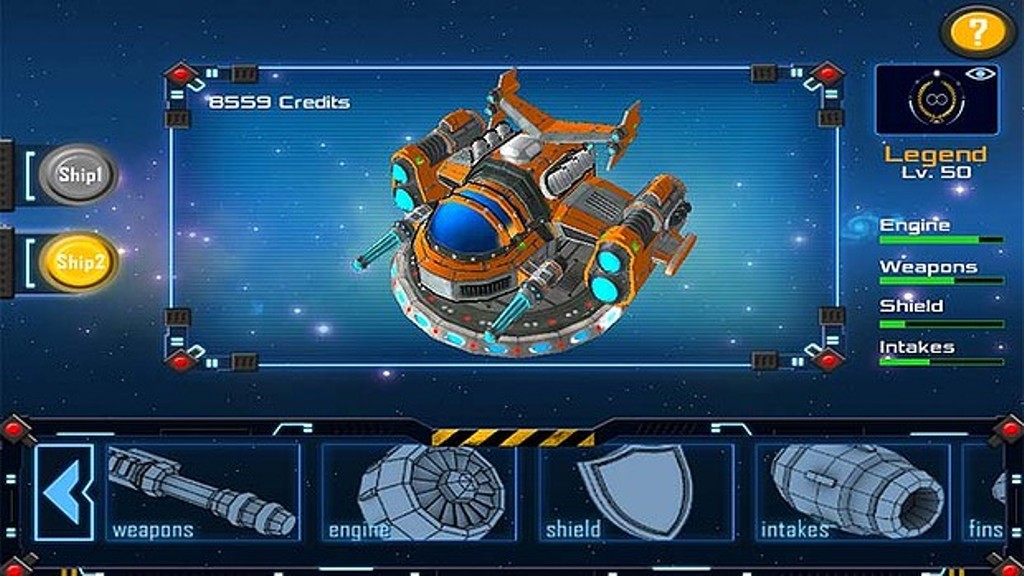
Called "Play to Cure: Genes in Space", the spaceship game is designed for smartphones and was launched by the charity Cancer Research UK (CRUK), which hopes it will speed up the decoding of data to reveal patterns of the genetic faults that cause cancers to grow and spread.
Travelling in a world set 800 years in the future, players guide a fast-paced spaceship safely through a hazard-strewn intergalactic assault course, gathering along the way a fictional precious cargo called "Element Alpha".
Each time a player steers the ship to follow the Element Alpha path, they also reveal patterns and, unwittingly, provide analysis of variations in the genetic data, explained Hannah Keartland, who led the project for CRUK and unveiled the game at a London launch on Tuesday.
It is this information that will be fed back to CRUK scientists. And to ensure accuracy, each section of gene data will be tracked by several different players.
"We want anyone, anywhere, at any age, to download this game and play it," said Keartland.
If everyone around the world were to play the game for even a couple of minutes each, she said, "we could have an absolutely mind-blowing impact in terms of accelerating research".
An estimated 14 million people worldwide are diagnosed with cancer each year and that toll is expected to rise to 22 million a year within the next 20 years, according to a World Health Organization report issued on Monday.
Scientists will use the information gathered from "Genes in Space" players to work out which genes are faulty in cancer patients. This in turn should help them develop new drugs that target specific genetic faults, and new ways to figure out how to stop cancer developing in the first place.
"It's not just a game, it's way of saving lives," said Tony Selman, a 72-year-old prostate cancer survivor from Middlesex, central England, who helped launch the new game.
Play to Cure is CRUK's second citizen project following a similar but smaller one last year called CellSlider - which the charity said cut the time needed for researchers to analyze a set of breast cancer samples from 18 months to three months.
Professor Carlos Caldas, an oncologist at CRUK's Cambridge Institute, explained that it works by using data generated by screening tools called gene microarrays - which scientists use to look for areas of the human genome that show up faults in cancer patients - a sign they may be causing the disease.
Gene microarrays are useful for analyzing large genetic faults known as copy number alterations - when a whole section of the chromosome is gained or lost.
Since these large sections of chromosomes may involve many different genes, scientists need a way to work out which are the ones driving cancer - known as oncogenes - and which ones are just "passenger" genes along for the ride, he said.
Scientists generally use computer software to trawl through the huge amounts of data generated by microarrays to spot the precise locations of copy number changes, but in many cases these are not accurate enough.
"Computers are very good, but they are not perfect," Caldas told reporters. "The human eye is still the best technology we have for picking up these patterns, and...Genes in Space is harnessing that power."

















COMMENTS
Comments are moderated and generally will be posted if they are on-topic and not abusive.
For more information, please see our Comments FAQ